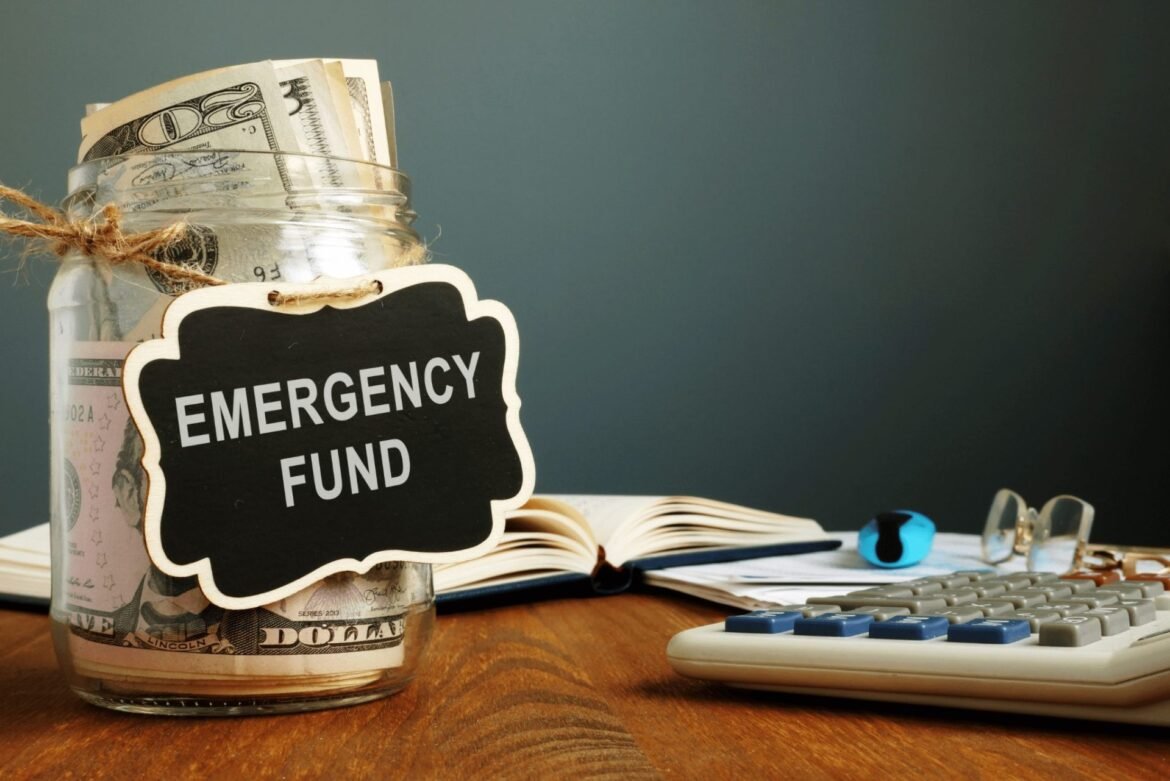How to Build an Emergency Fund from Scratch
Life is full of unexpected events, from medical emergencies to car repairs and sudden job loss. Having an emergency fund can provide financial security and peace of mind during such situations. If you’re starting from scratch, building an emergency fund may seem daunting, but with the right strategies, it’s entirely achievable. Here’s a step-by-step guide to help you create a safety net for your future.
Why an Emergency Fund is Essential
An emergency fund is a dedicated savings account designed to cover unforeseen expenses. It ensures you don’t have to rely on credit cards or loans during a financial crisis. Experts recommend saving three to six months’ worth of living expenses, but even a smaller amount can make a big difference.
Step 1: Determine Your Goal
- Calculate Your Monthly Expenses: Include essentials like rent, utilities, groceries, transportation, and insurance.
- Set a Savings Target: Aim to save at least three months of essential expenses to start.
- Break It Down: Divide your target into manageable monthly or weekly savings goals.
Step 2: Create a Budget
A budget is crucial for tracking your income and expenses. Follow these steps:
- List Your Income: Account for all sources of income, including your salary, side gigs, or freelance work.
- Track Expenses: Identify areas where you’re overspending and look for ways to cut back.
- Allocate Savings: Designate a specific portion of your income for your emergency fund.
Step 3: Open a Dedicated Savings Account
Keep your emergency fund separate from your regular checking account. This reduces the temptation to dip into your savings for non-essential purchases. Look for an account with:
- No fees
- Competitive interest rates
- Easy accessibility in emergencies
Step 4: Start Small and Be Consistent
- Automate Your Savings: Set up automatic transfers to your emergency fund account each payday.
- Start with What You Can Afford: Even $10 or $20 a week adds up over time.
- Increase Contributions Gradually: As your income grows or expenses decrease, boost your savings rate.
Step 5: Reduce Unnecessary Expenses
Freeing up extra cash can accelerate your savings. Consider:
- Cutting Back on Subscriptions: Cancel services you rarely use.
- Eating Out Less: Cook meals at home instead of dining out.
- Shopping Smart: Look for sales, use coupons, and avoid impulse purchases.
Step 6: Earn Extra Income
Supplement your primary income to grow your emergency fund faster. Ideas include:
- Freelancing or Gig Work: Leverage your skills on platforms like Upwork or Fiverr.
- Selling Unused Items: Declutter your home and sell items online or at a garage sale.
- Taking On a Part-Time Job: Consider seasonal or weekend work.
Step 7: Protect Your Fund
Once you’ve started building your emergency fund, safeguard it by:
- Using It Only for Emergencies: Avoid dipping into your fund for non-essential expenses.
- Replenishing After Use: If you withdraw money, prioritize rebuilding your fund.
Step 8: Celebrate Milestones
Reaching savings goals is a big accomplishment. Celebrate small milestones to stay motivated, like saving your first $500 or $1,000.
The Bottom Line
Building an emergency fund from scratch takes time, discipline, and dedication, but the benefits far outweigh the effort. By following these steps and staying consistent, you’ll create a financial cushion that provides security and reduces stress in times of uncertainty. Start today and take control of your financial future!


